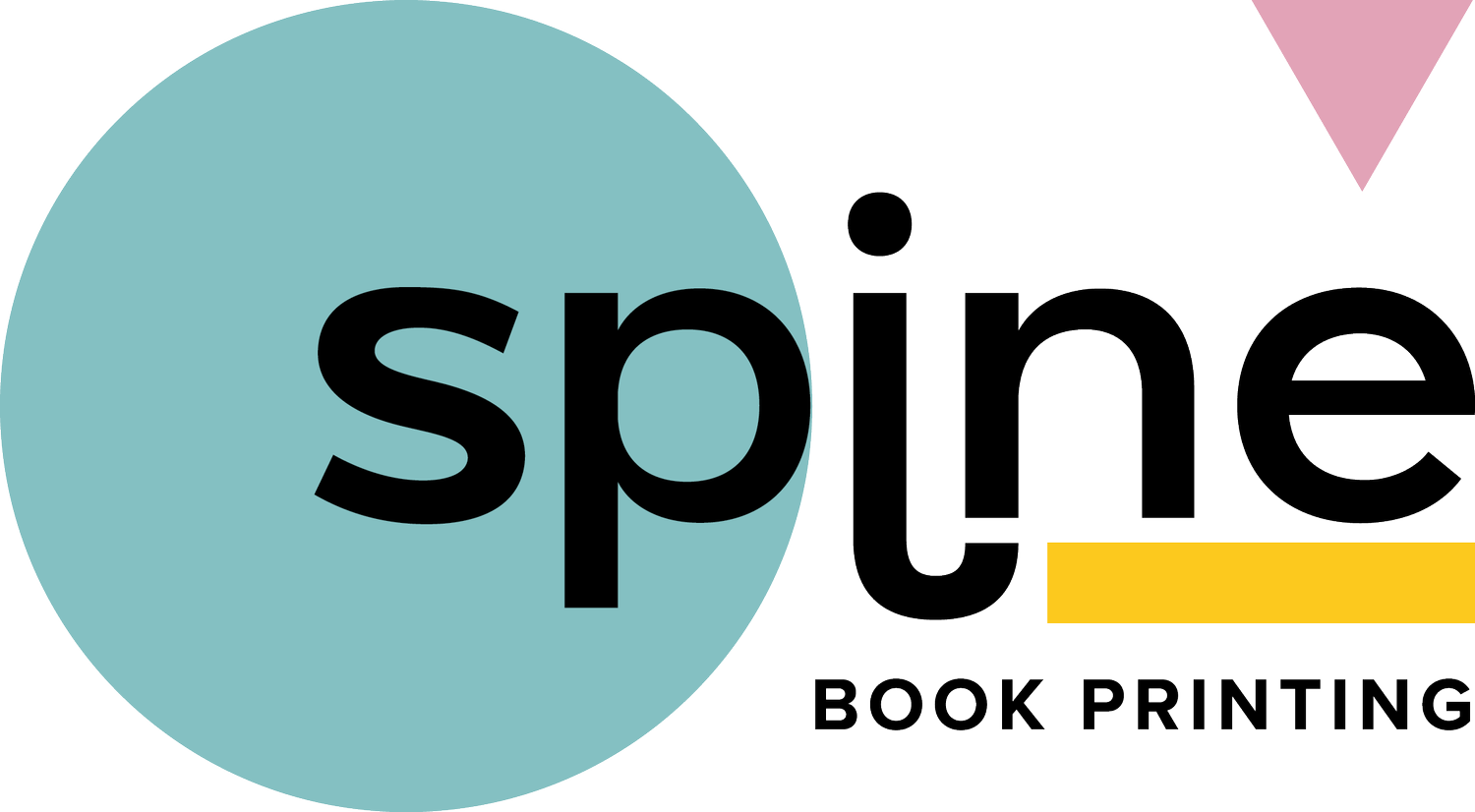Which Editing Approach Works Best for Your Writing Style
Every writer knows the feeling. You’ve finally finished your draft and feel proud of what you’ve created. But then comes the editing phase, and that’s when things can get tricky. Whether you're telling a story, explaining an idea, or convincing your reader, how you polish your words depends a lot on how you naturally write.
Different writing styles benefit from different editing methods. A person who builds slow, detailed scenes may need one approach, while someone who writes quick, punchy arguments might need another. Choosing the editing method that suits you best helps keep your flow intact and makes the whole process less stressful.
Understanding Your Writing Style
Before you think about editing, it helps to understand how you write. Some writers are planners who map everything out. Others write freely and fix things later. Spotting which kind of writer you are can change how you approach editing and make things go a lot smoother.
Here are some common writing styles:
- Narrative: This one tells a story. You’ve got characters, a timeline, a setting, and usually lots of dialogue. Often used in fiction and memoirs.
- Descriptive: This type uses rich, detailed language to paint a picture. Poetry and certain kinds of fiction use this a lot.
- Expository: Useful for non-fiction and instructional books, this style focuses on clear explanations and logical structure.
- Persuasive: Common in opinion writing, business pieces, or fundraising content, persuasive writing aims to convince the reader of something.
You might notice you fall into more than one category depending on what you’re working on. That’s totally normal. To figure out your style, have a look back at your earlier writing. Is your language full of feeling and images, or is it straight to the point? Do you enjoy crafting an argument, or do you prefer building a story?
Thinking about how you write helps shape the editing process. A person who leans descriptive might need to simplify, whereas someone who’s expository may focus more on the accuracy and flow of ideas. Matching the right editing habits to your writing style can help you cut through clutter and keep your voice clear.
Helpful Self-Editing Techniques
Once you're familiar with your natural writing rhythm, self-editing becomes more efficient. Your brain gets used to your own words, so it can be tough to spot errors. Still, with the right steps, you can polish your draft before handing it to someone else.
Here are a few techniques that work across all styles:
1. Read Your Draft Aloud
Reading your words out loud helps you catch mistakes and odd phrasing. If something sounds off, it probably needs fixing.
2. Take Breaks Before You Edit
After finishing a draft, take a break. Having some distance makes it easier to see what's working and what needs changing.
3. Use Digital Tools With Caution
Spelling and grammar tools are useful to catch small errors, but they can also make odd suggestions. Trust your judgement and don’t rely on them for structure or tone.
4. Focus on One Thing at a Time
Trying to edit everything in one round makes things messy. Instead, focus on one layer at a time—structure first, then sentence flow, then spelling and grammar.
5. Change the Format
Print your draft or change the font. A different layout forces your brain into editing mode and can help highlight errors you’ve missed.
Even with these tips, self-editing won’t catch every issue. We often hold onto parts we like, even if they slow things down. Repetition can also sneak in without us noticing. That’s where extra feedback makes a big difference.
Professional Editing Services: Choosing What’s Right for You
Sometimes, an outside expert is exactly what your book needs. Choosing the right kind of editor means thinking about where you are in the process and how you write. Here's a look at the main types of editing services:
- Developmental Editing
This is big-picture critique. A developmental editor looks at the structure, pacing, tone, and content gaps. If your book is story-driven or emotionally intense, this helps shape your message from the ground up.
- Copy Editing
This focuses on line-by-line clarity. A copy editor checks grammar, sentence structure and word choices. It’s ideal for detailed or informative writing where each sentence needs to land cleanly.
- Proofreading
This is your final check before printing. A proofreader looks for small errors in punctuation, spelling, and formatting. It’s a good step once you’ve gone through other edits.
Choosing the right service depends on what your book needs. If the outline feels shaky or the message isn’t quite there, start with developmental. If things just need tightening, go for a copy edit. And if you’re close to the finish line, proofreading might be all you need.
It’s tempting to skip straight to proofreading, but each step builds on the last. Moving too fast may leave big problems untouched, which can affect how your book is received once printed.
Working Together: How Collaborative Feedback Strengthens Your Work
Writing tends to start as a personal activity, but editing benefits from other people. Getting feedback from peers, writing groups, or co-authors gives your work a fresh angle. It helps you catch weaknesses you just don’t see on your own.
Here’s how to make collaborative editing work:
- Pick the right partners. Find people who understand what you’re aiming for. A romance reader might not be the best fit to critique a technical manual.
- Be honest about what you want. Are you looking for feedback on the plot? Language choices? Tone? Saying so upfront helps your reader focus their comments.
- Don’t take everything personally. You don’t have to follow every suggestion, but if a few folks say the same thing, it’s worth taking a closer look.
- Give useful criticism, too. If you’re editing someone else’s work, aim to be clear and kind. Don’t just mention what you don’t like—say why.
Different styles benefit from different feedback. Narrative writers may want help with plot flow or character arc. Descriptive writers could ask if their language feels too dense. Expository writers might focus on logical order. Persuasive writers may want to test how convincing their points are.
Even one collaborative round can change how you see your story. It opens you up to points you might’ve missed and shows you where your readers might get stuck.
Shaping Your Editing Strategy to Fit Your Voice
Every book is different, and every writer has their own habits. Editing should reflect that. Whether you're deep into a novel or drafting a short guide, your editing choices affect how your final book reads and feels. The goal is always the same: bring clarity to your message and let your voice shine through.
Often, the best editing process includes a mix of self-checks, feedback, and professional steps. That combination helps keep your ideas tight and avoids losing what makes your writing distinct. It's not about fixing every single detail—it's about making sure your book delivers what it promises.
If you write with care and reflect on how your process works, you’ll find your editing method falls into place. Matching the right editing approach to your writing voice saves time, reduces stress, and helps you create something you're proud to put in print.
Ready to refine your manuscript and align it with your goals? Spine Book Printing can elevate your book from draft to perfection. Whether you're looking to revamp your layout or tweak the final touches, our book design interior services ensure your work stands out on the shelf. Let’s partner to create something truly exceptional.

